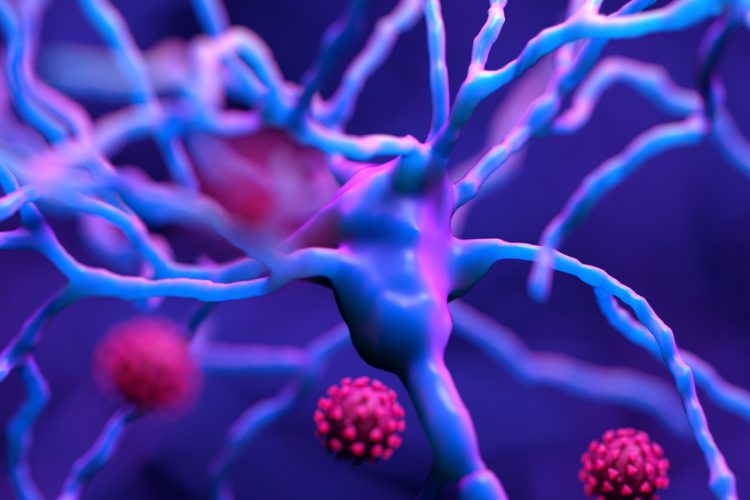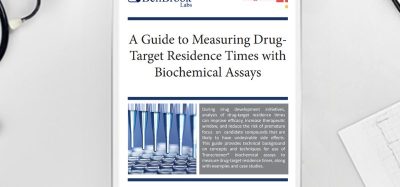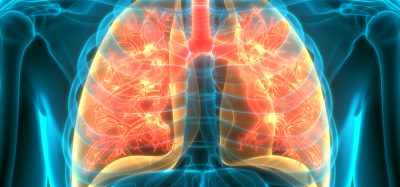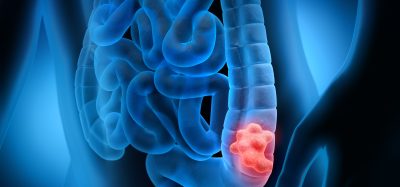Stem cell model demonstrates how COVID-19 infects brain cells
Posted: 20 July 2021 | Anna Begley (Drug Target Review) | No comments yet
Researchers have developed a 3D “assembloid” that presents a potential entry route of COVID-19 into the brain.

A team at the University of California San Diego School of Medicine and Rady Children’s Institute for Genomic Medicine, both US, have produced a stem cell model that demonstrates a potential entry route of SARS-CoV-2 into the brain.
“Clinical and epidemiological observations suggest that the brain can become involved in SARS-CoV-2 infection”, said senior author Joseph Gleeson. “The prospect of COVID-19-induced brain damage has become a primary concern in cases of ‘long COVID’, but human neurons in culture are not susceptible to infection. Prior publications suggest that the cells that make the spinal fluid could become infected with SARS-CoV-2, but other routes of entry seemed likely.”
The team confirmed that human neural cells are resistant to COVID-19 infection, however recent studies have suggested that some brain cells may serve as a ‘Trojan horse’. To test this, the researchers introduced pericytes into three-dimensional (3D) neural cell cultures, or brain organoids, to create “assembloids” which are more sophisticated stem cell models of the human body. The assembloids contained numerous types of brain cells in addition to pericytes and displayed robust infection by SARS-CoV-2. The coronavirus was able to infect the pericytes which served as localised factories for the production of SARS-CoV-2 that could then spread to other cell types. The team also found that astrocytes were the main target of this secondary infection.
According to Gleeson, the results indicate that one potential route of SARS-CoV-2 into the brain is through the blood vessels, where the virus can infect pericytes and spread to other types of brain cells. “Alternatively, the infected pericytes could lead to inflammation of the blood vessels, followed by clotting, stroke or haemorrhages, complications that are observed in many patients with SARS-CoV-2 who are hospitalised in intensive care units,” added Gleeson.
The researchers now plan to focus on developing improved assembloids that also contain blood vessels capable of pumping blood to better model the human brain. Through these models, Glesson concluded, greater insight into infectious disease and other human brain disease could emerge.
The findings were published in Nature Medicine.
Related topics
Analysis, Cell Cultures, Disease Research, In Vitro, Organoids, Screening, Stem Cells
Related conditions
Brain disease, Covid-19, Long COVID
Related organisations
Rady Children’s Institute for Genomic Medicine, University of California San Diego School of Medicine
Related people
Joseph Gleeson







